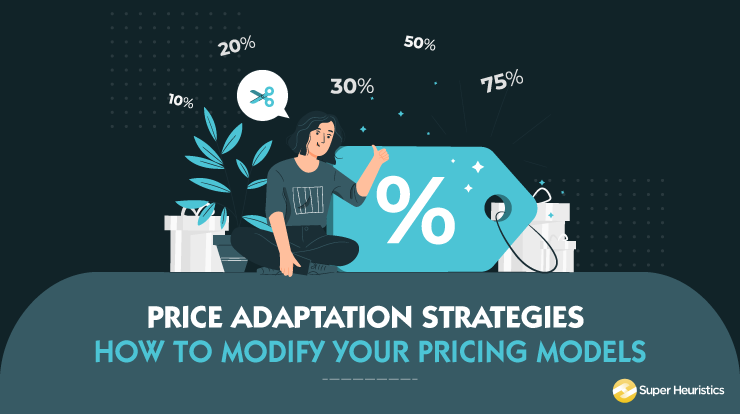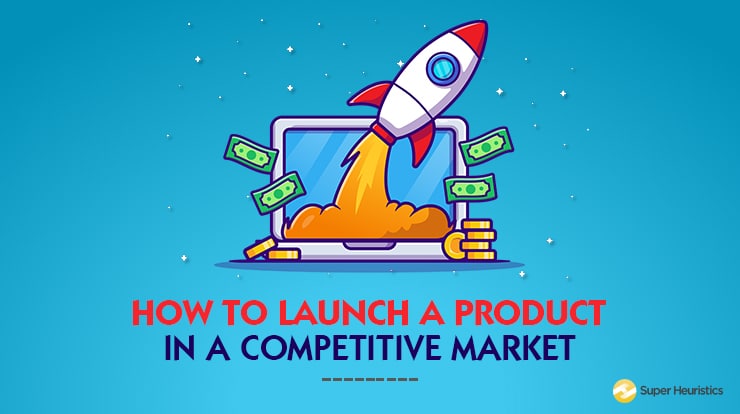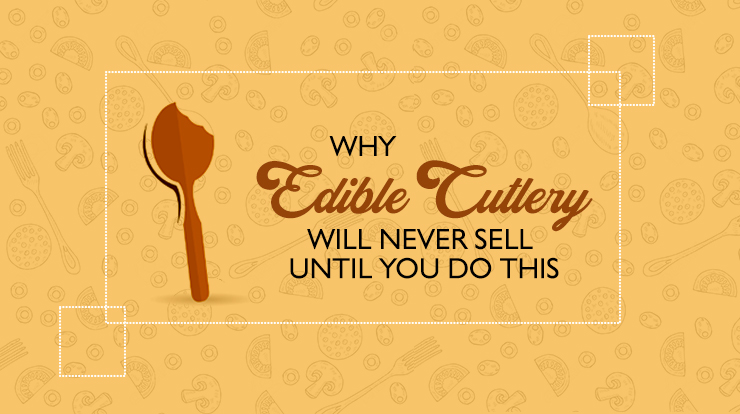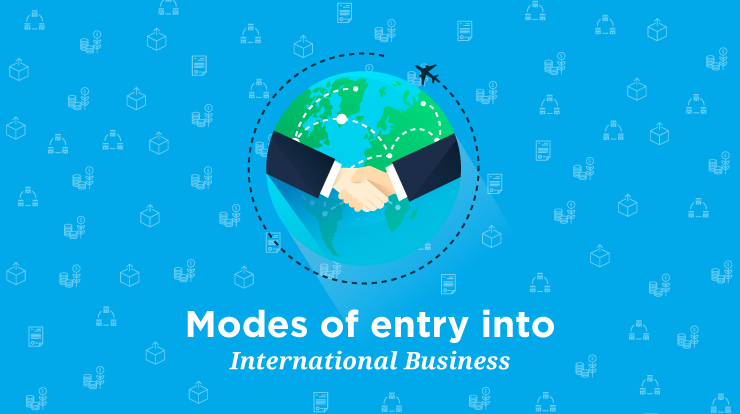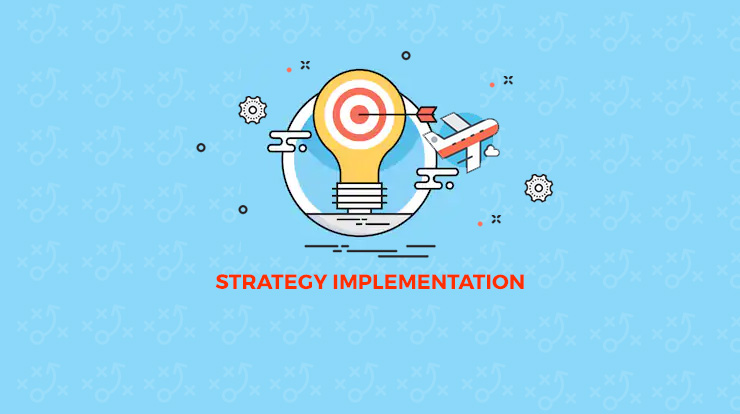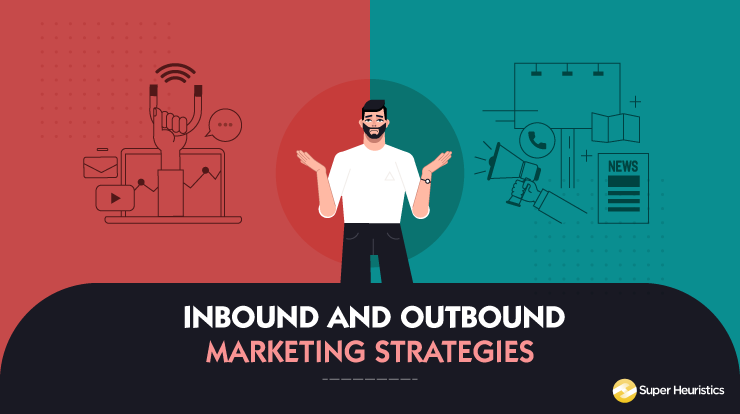
wake up in the morning and first thing you do is pick up you phone to check what’s gone down in the few hours you were asleep. You check your notifications panel and there is a notification by Zomato enticing you to order breakfast. You set yourself up for work and open your email only to find MakeMyTrip sneaking in and giving you attractive offers on your much delayed Goa trip. That’s a trap setup by the Inbound and Outbound Marketing Strategies.
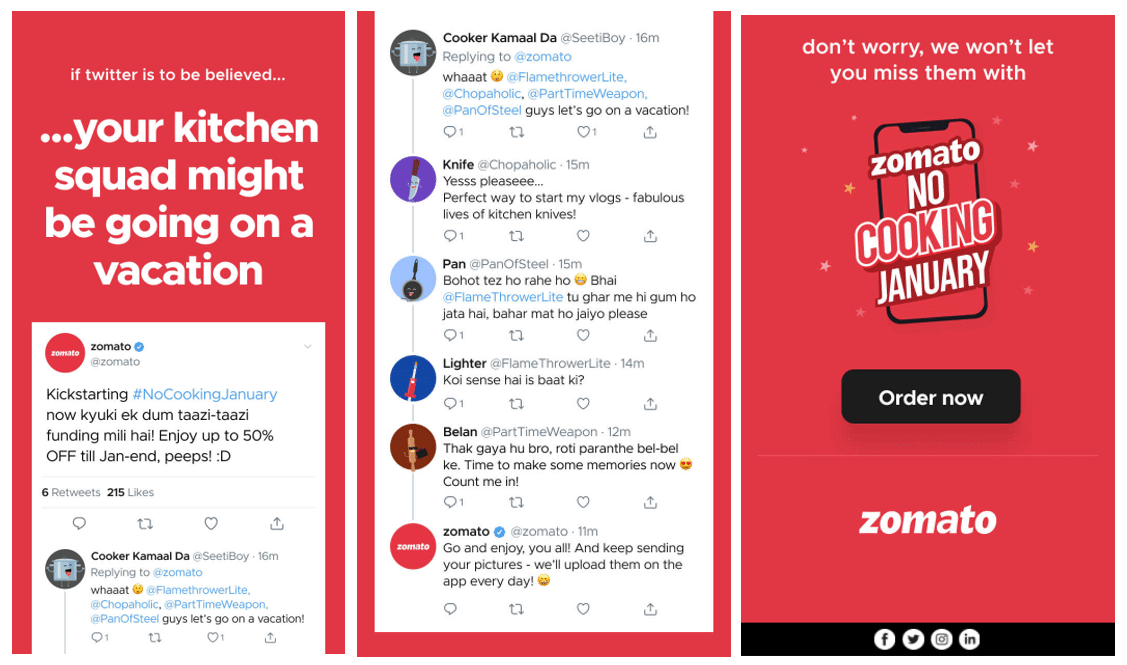
Source: Zomato.in
Only when you are totally miserable now thinking of having to sit in the office all day long, Nykka sends you a message that the things that you had put in your cart a week back have become 20% cheaper.
I know you are miserable, and you want to give yourself that one treat to lighten your mood. And…. Bang! Nykka gets you. You successfully place the order and are already daydreaming about your package and how you are going to treat yourself with it the coming weekend.
Marketers have gotten innovative and are using all available channels to reach out to you with their product. These are products and services that you might require now or will eventually want.
These are Inbound and Outbound Marketing Strategies working in the backend. All of us as budding marketers would want to be aware of these strategies and use their effective blend to achieve competitive advantage. Let’s get to work!
What are Inbound and Outbound Marketing Strategies?
Inbound and Outbound marketing strategies are both methods to promote your product or services. However, they differ in the Essence and Motive of the Campaign. Both these strategies have their own advantages and shortcomings and hence are used for different purposes.
Do watch this video on our YouTube channel which deals with the decision-making aspect of when to use Inbound and Outbound marketing strategies.
We’ll first try to understand them individually and then look at the differences of both.
Inbound Marketing Strategies
Inbound marketing is done to attract your best prospects- Ones who are already looking out for similar products that you have to offer. It is the businesses’ job to appear first and woo the customer with what they have to offer.
You have been sitting at home for quite a long time since the lockdown happened and have turned into shapes you never wanted to be. One fine day, in a spang of motivation you decide to go running and go online to order active wear. Because why not!

Notice two things in the above example. The first is the Customer went and Searched online for something that was already his/her need. Second, there are close to 1.21 Billion businesses that were competing to be the first ones to grab the customer’s attention and only a few of them can do that.
Inbound marketing strategy is taken up when there is an already existing need for your product and through these strategies, businesses ensure that consumers end up choosing your product.

Source: intechnic.in
Characteristics of Inbound Marketing Strategies
Inbound Marketing Strategies have certain characteristics which are peculiar to these strategies:
Marketing for Need Satisfaction: The biggest differentiator for Inbound marketing strategies is that they are aligned with the customer’s needs. Inbound marketing strategies pull customers in. The customer is already searching for the products or services that you offer.
Understand Audience Closely: After the target audience has been selected, firms focus on knowing the customer in and out. A detailed customer persona helps in making your campaign sound how your customer wants to listen about your product. This helps in deciding which platform must be chosen for promotion and what type of content must be used.

Source: smartinsights.com
Nurture leads: Inbound marketing moves with the customer through the buying process. It focusses on these 4 steps:
- Attract: Relevant content to appear first in keyword searches and promotion of this content on key platforms online.
- Convert: Offers and discounts tailored for your prospective customer to compel him to make a choice in your favor.
- Close: It is very important to design your strategy in a manner that your prospects are not only attracted to your content but are also making the final decision to buy your product.
- Delight: This is about converting your customers to promoters. It is the most credible form of promotion when your customers recommend your products to others. How delighted are you when you get an extra 40% off on your birthdays at Westside!

Source:bendonahower.com
Cost Friendly: Most of the tactics under inbound marketing are very pocket friendly. Tactics like SEO just need time and no amount of money to get results.
Better ROI: Inbound marketing, as it caters to a set of customers who are already actively looking for similar products, generates a better ROI. A customer who is already interested to buy the product is easier to convince rather than a consumer who has no need for the product.
Measurable: As most of the inbound marketing tactics are done through digital media, its parameters can be measured. This makes it possible for marketers to know which tactics are working and which ones are not, and they can accordingly optimize their campaigns.
Inbound Marketing Tactics

Outbound Marketing Strategies
Outbound marketing is done to send out a message to masses. Outbound marketing is also referred to as “interruption based” or “push” marketing because you use tactics to send out a message a large audience without considering that they need your product or not.
During the pandemic there was one product that saw the most adoption. This product was not much known about before the pandemic. I am referring to Vegie-Wash. Firms like Godrej saw this as an opportunity that this might become an essential for homes and hence developed it.
They needed the message sent out to masses because there was a requirement of need generation among the Indian Consumers. Nobody would have organically gone online and searched for Vegie-Wash before they knew that the product existed and could be used to ease their work.

Now we can make some sense of what outbound marketing strategy is.
Firms indulge in Outbound marketing strategy when they look for need generation. In the process, they look for conveying the message to masses to make them aware of the existence of their product
Characteristics of Outbound Marketing Strategies
Intrusive: Outbound marketing campaigns are one-way communications. Firms try to make the consumer aware of their product and brand without considering the consumer’s will.
Consumer perception surveys have shown that there are 60% of consumers surveyed who would go for downloading a TV show for the sake of avoiding advertisements. There are 58% of direct mail recipients who have not even taken the pain of opening those emails.
Pushing messages on consumers is becoming increasingly difficult as the consumer now has ways and means to avoid those messages.
Mass Marketing: Outbound marketing is more generalized because you are communicating to masses. It is very difficult to personalize communication through outbound marketing.
Brand Focused: Communication using outbound marketing strategies concentrates on putting out the brand and the product Infront of the consumer. Outbound content generally displays the advantages of their brand and product with the immediate objective of broadening their sales funnel.
High Cost: As the message must be conveyed to masses, generally large costs are involved. TV commercials, Billboard advertisements or magazine space, all require substantial amount of cost. Rate of conversion is also quite low as customers do not see any value added to their decisions.
Not Measurable: Outbound marketing efforts are difficult to quantify. Impact of a new ad campaign cannot be measured in real time and hence modifications in the strategy midway is not possible.
Let’s have a look at some of the widely used Outbound marketing tactics.
Outbound Marketing Tactics

What are the Differences Between the Inbound and Outbound Strategies?
Although after understanding the definitions and characteristics of Inbound and Outbound marketing strategies, we can tell the difference between the two. But we will try to establish the difference with an example.
Let’s take an example of email as a marketing tactic. It can be used both as an Inbound and Outbound marketing strategy.

Most of us are generally confused about another one of these tactics. Are ads inbound or outbound?
Ads can be used as both inbound and outbound strategies. Television and newspaper ads fall under outbound marketing strategies as they are not targeted at a particular segment of audience and are for masses.
There are social media paid ads which again fall under the category of outbound marketing because of the simple reason that they are making the customer aware about the existence of their product. The customer has no inherent need but there is scope for need creation.
On the other hand, search ads are an example of Inbound marketing strategy. They appear only when the customer reaches out to find a particular product.
Like the example above, there are many tactics that can be used in both inbound and outbound marketing strategies depending on the interaction that it has with the customer.
Conclusion
- Inbound and Outbound marketing strategies differ from each other based on how and why firms interact with customers.
- Inbound marketing is helping customers who are actively looking for similar products find your offerings.
- Outbound marketing is when a firm initiates the conversation and reaches out to the customers for need generation.

